Have you heard about the fish called “Tokishirazu” that people enjoy in Hokkaido? It’s not your typical salmon – it has a unique flavor that sets it apart. To those who are familiar, it’s considered a top-notch ingredient from Hokkaido. In this article, the author will dive into details about when it’s in season, where they produced it, what makes it special, how it differs from regular salmon, and some tasty ways to savor Tokishirazu.
What is Tokishirazu?

Tokishirazu refers to the summer-caught salmon. Tokishirazu is a top-notch ingredient from Hokkaido that food enthusiasts really love. It’s been a local treasure for a while, enjoyed as a special salmon caught from spring to summer. Thanks to word of mouth and TV features, it gained popularity beyond the local scene. It’s a kind of chum salmon, similar to the ones in autumn, but since it’s not in its spawning season, the flesh is fatty and delicious without the presence of eggs or milt.
Salmon that travel upstream to the Hokkaido coast to lay eggs from autumn to early winter are known as “autumn salmon.” On the other hand, chum salmon that migrate upstream during the off-season from spring to summer are called “toxirazu.” In kanji, the name is written as “tokishiran” or “tokisake,” indicating a fish caught without knowing the specific season.
Tokishirazu History
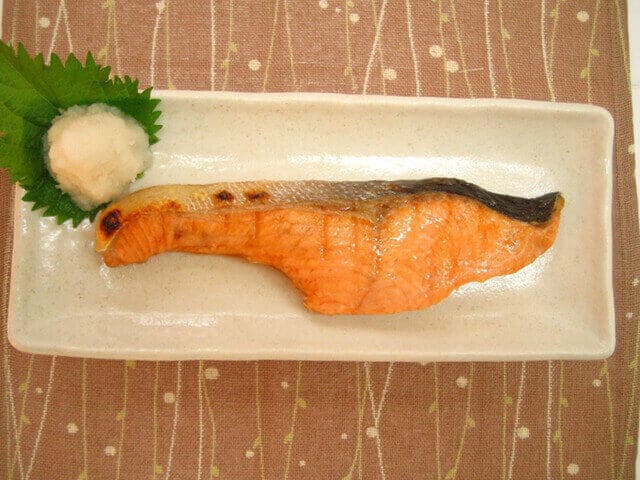
What sets this salmon apart from the usual autumn salmon is where it comes from. While autumn salmon are born in Hokkaido’s rivers, toxilaz are born in the Amur River in northern Russia and make their way to Hokkaido during migration. Catching toxirazu when it’s still young is said to be especially tasty because it hasn’t reached the spawning stage. This means the whole body is rich in fat and nutrients, not just the eggs or milt. Toxilazu is a prized salmon known for its excellent fat content and tender flesh, making it popular nationwide. “Yakizuke Toxilaz” is a classic Hokkaido dish that showcases toxilaz. It has been enjoyed as a delicacy at home for a long time, and during the Sapporo Festival (now the Hokkaido Jingu Festival) in June, families traditionally prepare and savor “grilled Toxirazu” and “Sekihan.”
Why is it named Tokishirazu?

Well, regular Hokkaido salmon spend four years in the sea before returning to the river to spawn in the fall, and they’re usually caught along the coast of Hokkaido during this journey. On the flip side, Tokishirazu comes from the Amur River in Russia and is caught off Hokkaido’s coast during its sea migration. They call it Tokishirazu because locals catch it in an early stage from spring to early summer, meaning it’s a salmon caught without knowing the exact timing. By the way, in Hokkaido, people also refer to it as “Tokizake” and “Oosuke.”
How is it different from regular salmon?

Regular salmon and Toxirazu have some key differences
[Regular Salmon] This type of salmon is born in Hokkaido’s rivers and is caught during its autumn return to spawn in the river.
[Toxirazu] Born in Russia’s rivers, Toxirazu is caught while still in the sea, not fully mature yet. This happens during the season from spring to summer.
When regular salmon return to spawn, their nutrients go into their ovaries and testicles, making them less fatty. On the other hand, Toxirazu salmon isn’t ready to spawn, so its body is packed with nutrients, making it more fatty and tender.
Is it different from “Sakeiji”?
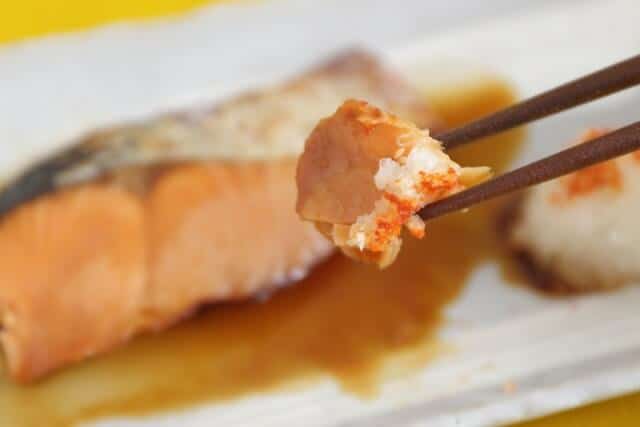
You might have heard about a really rare fish called “Sakeji.” It’s often mixed up with Toxirazu, but it’s actually a young, not fully grown white salmon. Just like Toxirazu, it comes from the Amur River in Russia. So, they’re the same type of fish, but Sakeji is caught alongside other salmon when they come near the coast looking for food. It’s super uncommon, with only one in 10,000 of them being caught.
Recommended ways to eat

Start with the most delicious part, the fatty harasu around the innards. Grill it simply with salt for a mouthwatering experience. Toxirazu’s harasu boasts over three times the fat of regular salmon. It’s juicy, not sticky, and carries a unique, irresistible flavor that complements your rice perfectly. The soft flesh remains tender even when grilled. Opt for grilling with salt or yuan for a delightful twist. For sashimi lovers, rouibe is the perfect choice. Using the whole fish opens up various options, such as making a soup or pot dish by cooking it with sardines for an exquisite broth. The soft skin makes it an ideal fried snack with alcohol. Don’t forget to savor the delicious intestines, liver, tripe, and more, ensuring you enjoy every part without any waste.
Tokishirazu FAQ
- When is Tokishirazu in season and where does it come from?
Tokishirazu is in season during spring and summer, with the ones caught in early summer being rare and priced high. It’s produced along the Pacific coast of Hokkaido and off the coast of Sanriku.
- What are some features of Tokishirazu?
Tokishirazu is a young salmon, so its skin and scales are soft. The whole body has a beautiful luster, and the tail fin has silver radial markings. Because they catch this before they are ready to spawn, nutrients are not absorbed into the ovaries and testicles, making them fatty and delicious.
Tokishirazu Recipe
Tokishirazu Ingredients
| Ingredients of Tokishirazu for 4 persons | Measurements |
|---|---|
| Tokishirazu | 250g |
| Garnished vegetables | 10g |
| Soy sauce | 42g |
| Liquor | 28g |
How to make Tokishirazu?
Combine the seasonings in a plastic bag, put the salmon in it, seal it tightly, and marinate for about half a day.
Brush the marinade a few times along the way until it has a nice shine, then serve with seasonal vegetables.
Where to buy Tokishirazu?
Kumada (サーモン丼 熊だ)

“Kumada” in Harajuku is a popular restaurant specializing in salmon rice bowls, where salmon is delivered directly from the farm and prepared first thing in the morning for the day’s use. They handle salmon from a variety of production areas, so in addition to Tokishirazu, they also have salmon bowls using Nagano/Shinshu salmon and Shinano Yukimasu, and donburi menus that combine salmon with salmon roe.
Shake Kojima (しゃけ小島 本店)
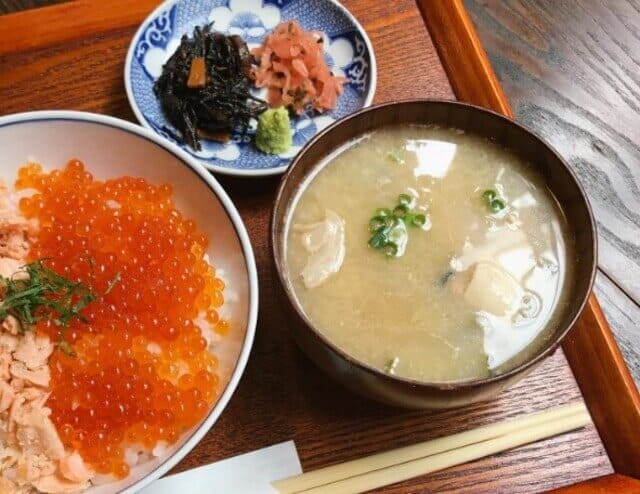
Shake Kojima Honten is a recommended restaurant in Tokyo where you can eat Tokishirazu. All of the menu items are reasonably priced and the restaurant has a casual atmosphere. You can enjoy salmon, salmon roe, sujiko, and more at reasonable prices. At the Salmon Kojima Main Store, fresh salmon is shipped directly from Kushiro, Hokkaido, so you can find it on the menu in early summer when the high-quality fish Tokishirazu is in season. Recommended to eat the shirazu with oil on it simply by sprinkling salt lightly and grilling it, and you can also eat it as a set meal without grilling or shirazu.
Shake Stand (しゃけスタンド)

We recommend visiting the salmon stand to enjoy a drink with some delicious shirazu as a side dish. Since they served it at the counter, it may not be enough for people who want to take their time and enjoy Tokishirazu. However, it is a restaurant that is easy to come by, so it is recommended for people who want to try out Shirazu when they don’t often come across it.
Takeaway

In conclusion, Tokishirazu holds a unique place in Japan’s culinary landscape, embodying a delectable fusion of Russian origin and Hokkaido’s coastal richness. From its exceptional taste to its versatile culinary applications, Tokishirazu offers a culinary adventure for those willing to explore. This article has aimed to shed light on its distinctive characteristics, seasonality, and recommended preparations, inviting readers to embark on a flavorful journey.
You can check some Japanese seafood dishes that we know you would like to try too.

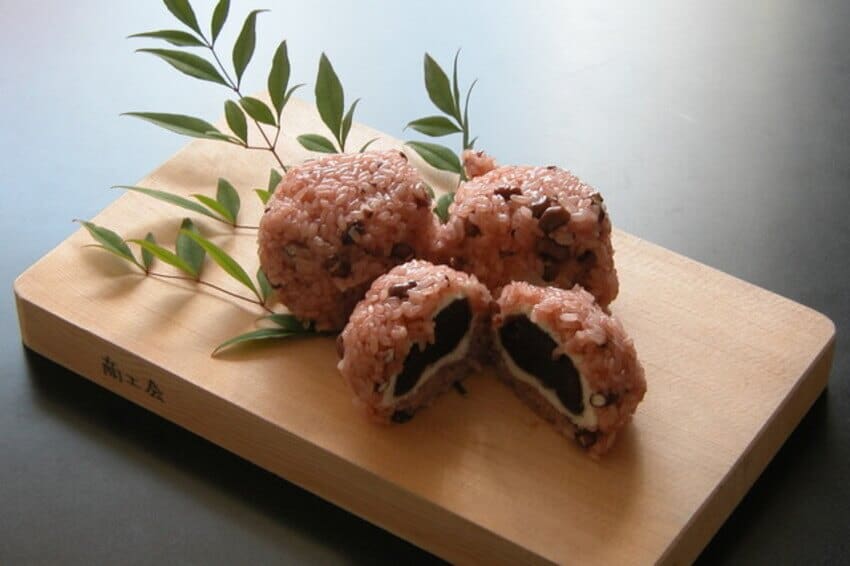




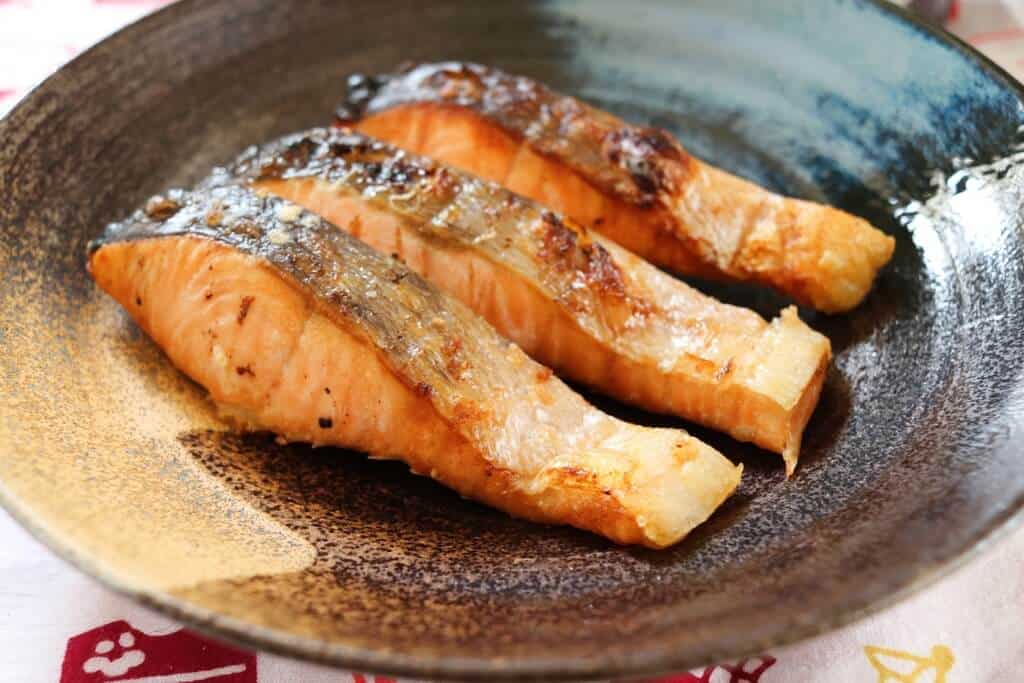








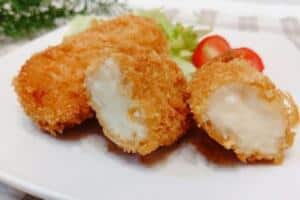
Comments